Product Description
Mushrooms Porcini in OilIn the vast culinary world of edible mushrooms, only one can be called king. What Italians affectionately call porcini (piglets) is the ruling class of mushrooms. The meat-like texture of porcini, along with their earthy and somewhat nutty flavor, is unequaled among mushrooms and lends itself to countless dishes. Porcini can be found the world over, however American consumers have yet to fully utilize them in all their forms, being mostly seen in the US dried. Nevertheless, there is much more to porcini mushrooms than the dried bags found at the supermarket, and while dried are excellent, the king of mushrooms deserves more respect.
There are many different kinds of porcini mushrooms, some edible, and some poisonous. In France the three most popular edible ones are:
- Bordeaux Porcini, this is the best known cep, and it is much appreciated by gourmets.
- Negro Head, Boletus aereus this one is more rare than the Boletus edulis, and it is by far the most appreciated by gourmets, as well as the most expensive. Usually smaller than the Boletus edulis, it is also distinctively darker in colour.
- Pine tree Porcini, Boletus pinophilus or Boletus pinicola this one grows among pine trees. Its pores are characteristically bright yellow. It is less appreciated by gourmets than the two other kinds of porcini, but still remains a mushroom ranking above most other mushrooms.
As with all mushrooms, the Porcini should be inspected for insects as flies are often found throughout the mushroom.
Prized as an ingredient in various foods, Boletus edulis is an edible mushroom held in high regard in many cuisines, and is commonly prepared and eaten in soups, pasta, or risotto. The mushroom is low in fat and digestible carbohidrates, and high in protein, vitamins, minerals and dietrary fibre. Although it is sold commercially, it is very difficult to cultivate. Available fresh in autumn in Central, Southern and Northern Europe, it is most often dried, packaged and distributed worldwide. Keeping its flavour after drying, it is then reconstituted and used in cooking. Boletus edulis is one of the few fungi sold pickled. The fungus also produces a variety of organic compounds with a diverse spectrum of biological activity, including the steroid derivative ergosterol, a sugar binding protein, antiviral compounds, antioxidants, and phytochetalins, which give the organism resistance to toxic heavy metals.
Porcini belong to the boletus genus of mushrooms, characterized by a soft, meaty white body that does not change color after it is cut (boletusthat change color to blue when cut or bruised should not be eaten). All porcini are boletus, but are all boletus porcini?
It is hard to say as mycologists (mushroom scientists) cannot agree on the finer points of the genus, therefore, porcini (or boletus) can take on a range of shapes and colors, but all grow under similar conditions. Porcini grow in association of specific trees and are considered mycorrihzal associates – in effect, porcini live in a symbiotic relationship with the trees they grow under. Many mushroom foragers find porcini living under pine trees, poking up through the dead needles, but it is well known that the best porcini are picked in chestnut woods. These are known for their light-colored hat and are best eaten fresh. As porcini gets older, their underhat turns a darker color. All species of are characterized by a big, round, fleshy cap that is supported by a short round stalk.
The fungus grows in deciduodus and coniferous forests and tree plantations, forming symbiotic ectomycorrhizal associations with living trees by enveloping the tree’s underground roots with sheaths of fungal tissue. The fungus produces spore-bearing fruit bodies above ground in summer and autumn. The fruit body has a large brown cap which on occasion can reach 35 cm (14 in) in diameter and 3 kg (6.6 lb) in weight. Like other boletes, it has tubes extending downward from the underside of the cap, rather than gills; spores escape at maturity through the tube openings, or pores. The pore surface of the Boletus edulis fruit body is whitish when young, but ages to a greenish-yellow. The stout stipe, or stem, is white or yellowish in colour, up to 25 cm (10 in) tall and 10 cm (4 in) thick, and partially covered with a raised network pattern, or reticulations.

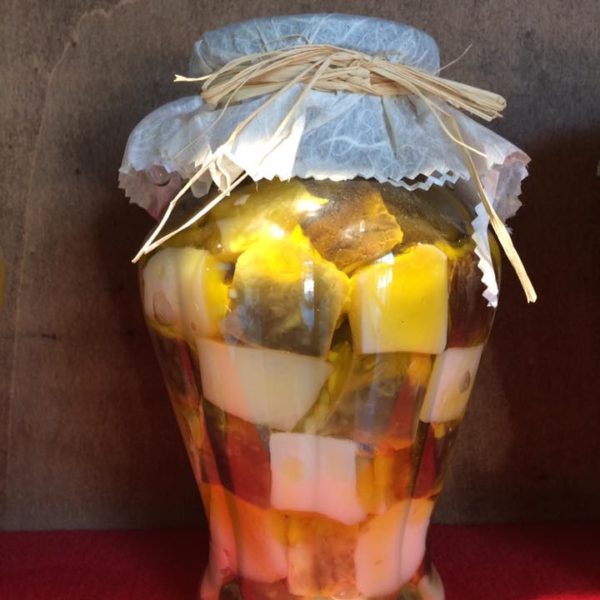
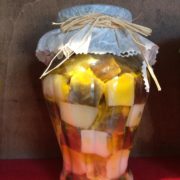
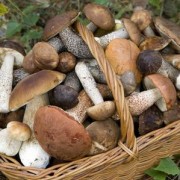
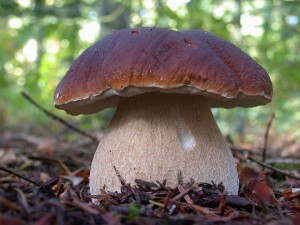
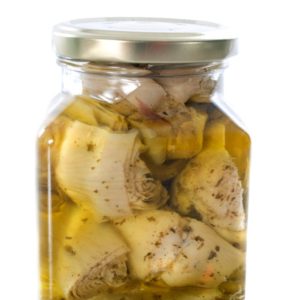
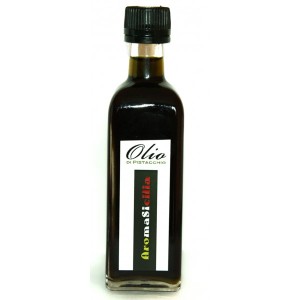
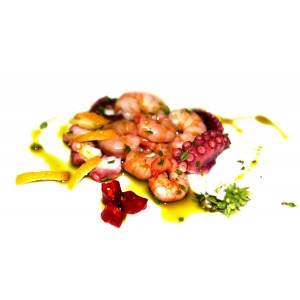
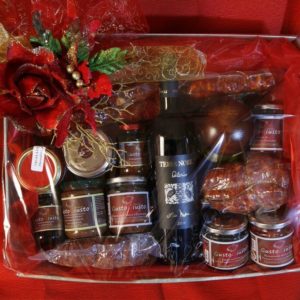
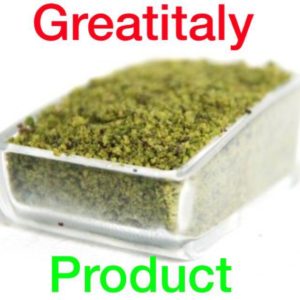
Reviews
There are no reviews yet.